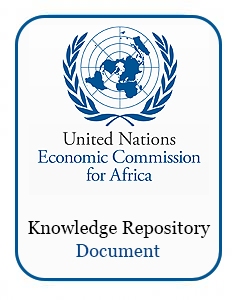Regional inequalities of the agricultural economy in Latvia (1935−1939)
The aim of this research is to evaluate the spatial differences of the agricultural economy of Latvia during the First Republic by using spatial autocorrelation calculations. Morans’s I coefficient of spatial autocorrelation is used to describe the spatial relations of the analyzed indicators. The obtained results show that Moran’s I for more than half of the obtained parameters is greater than 0.5, which indicates a rather high spatial autocorrelation. It was observed that variations of the spatial autocorrelation values can be explained by what affects these parameters.



